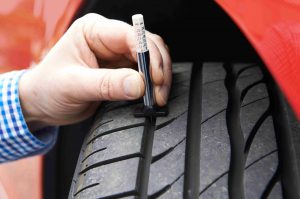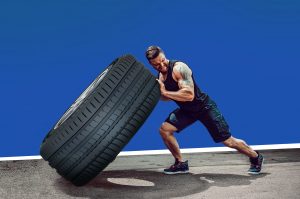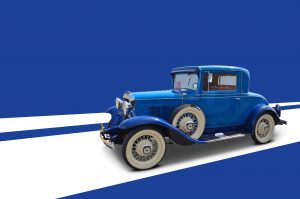Tyres are an essential component of any vehicle, and they play a crucial role in ensuring that your ride is safe, comfortable, and efficient. However, understanding the various terms related to tyres can be quite confusing. From tread patterns to tyre speed ratings, there’s a lot to learn. Let us explore some of the essential terms related to tyres. Let’s start with the structure of a tyre.
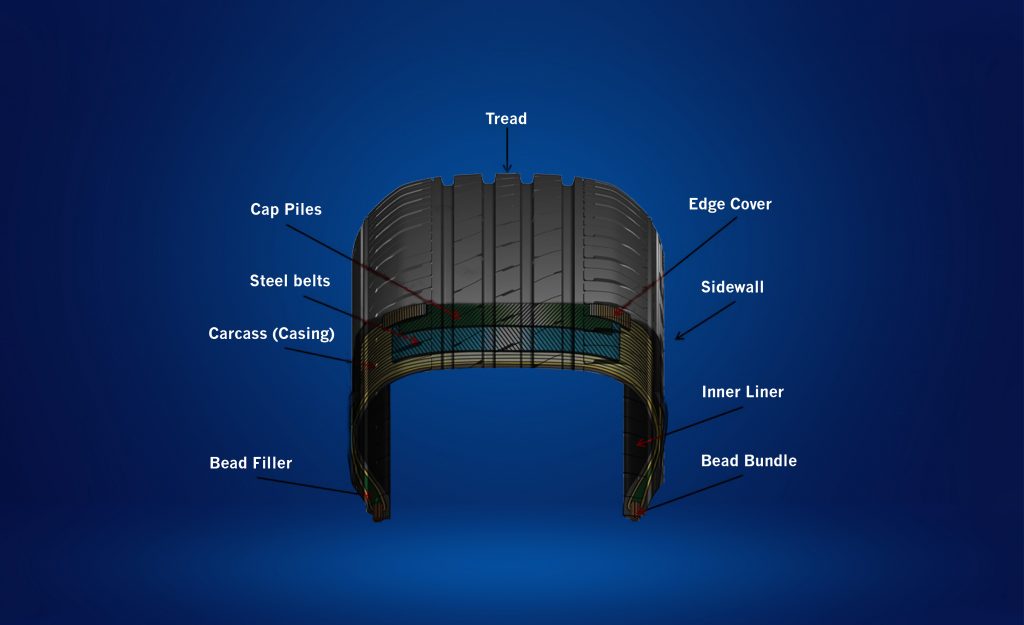
Tread pattern:
The tread pattern refers to the design on the surface of the tyre that makes contact with the road. It affects the tyre’s grip, handling, and noise levels. Tread patterns can be directional, asymmetrical, or symmetric. Directional tread patterns have a V-shaped design that channels water away from the tyre, providing a better grip on wet roads. Asymmetrical patterns have different designs on the inner and outer sides of the tyre, providing better handling and grip. Symmetrical tread patterns have the same design on both sides and offer a quiet and comfortable ride.
Sidewall:
The sidewall is part of the tyre that connects the tread to the wheel. It is the outer layer of the tyre and provides protection from impacts and abrasions. The sidewall can have letters and numbers that indicate the tyre size, load index, and speed rating.
Aspect ratio:
The aspect ratio refers to the ratio of the tyre’s height to its width. It is expressed as a percentage, and higher numbers indicate a taller sidewall. Tyres with a higher aspect ratio offer a smoother ride but may have slightly reduced handling and grip.
Tyre rotation:
Tyre rotation is the process of moving the tyres from one position on the vehicle to another. It helps to even out the wear on the tyres, which can extend their lifespan. Front-wheel-drive vehicles usually experience more wear on the front tyres, so rotating the tyres can help to even out the wear and tear.
Radial tyre:
Radial tyres are the most common type of tyre used in modern vehicles. They have a construction where the tyre’s plies run radially from bead to bead, which provides better stability and handling.
Bias-ply tyre:
Bias-ply tyres are an older type of tyre construction, where the tyre’s plies run at an angle to the bead. They are still used in some speciality applications, such as vintage cars and off-road vehicles, due to their excellent load-carrying capacity and resistance to punctures.
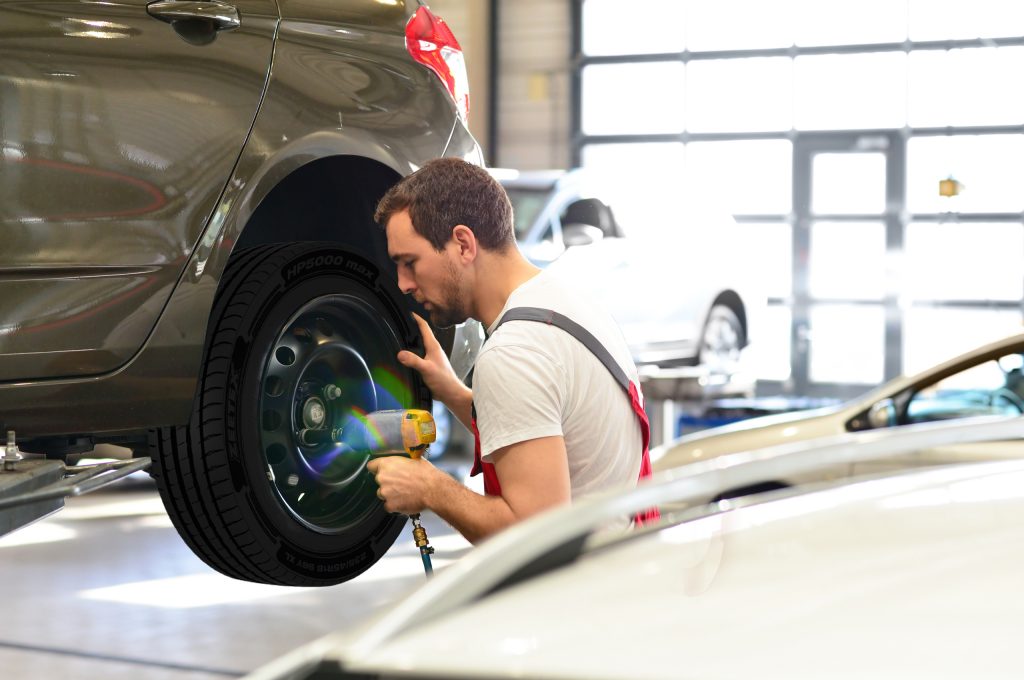
Tyre speed rating:
The tyre speed rating indicates the maximum speed that the tyre can safely travel at. The speed rating is indicated by a letter, and each letter corresponds to a specific speed rating. For example, “H” indicates a maximum speed of 130 mph.
Load Index:
The load index indicates the maximum weight that the tyre can carry. The load index is indicated by a number, and each number corresponds to a specific weight rating. For example, a load index of “91” indicates a maximum weight of 1,356 pounds.
Alignment:
Alignment refers to the adjustment of the suspension system to ensure that the tyres are correctly aligned with the road. Proper alignment helps to prevent uneven tyre wear, improves handling, and extends the life of the tyres.
Sipes:
Sipes are small slits in the tyre’s tread that help to provide a better grip on wet or slippery surfaces. This design feature was first introduced in the 1960s and has since become a standard feature on most modern tyres. Sipes also help to reduce road noise and improve overall handling. They also help reduce the risk of hydroplaning.
Bead:
The bead is part of the tyre that sits on the wheel. It provides an airtight seal between the tyre and the wheel and helps to keep the tyre in place. The bead is typically made of high-strength steel wire and is coated in rubber to enhance its durability and grip. It is an essential component of a tyre and plays a crucial role in ensuring safe and efficient driving.
Rolling resistance:
Rolling resistance refers to the amount of force required to keep the tyre rolling. High rolling resistance can reduce fuel efficiency, while low rolling resistance can improve fuel efficiency. Tyres with low rolling resistance, like the Zeetex 5000 Max series, are often made with harder rubber compounds and have a more efficient tread design.

